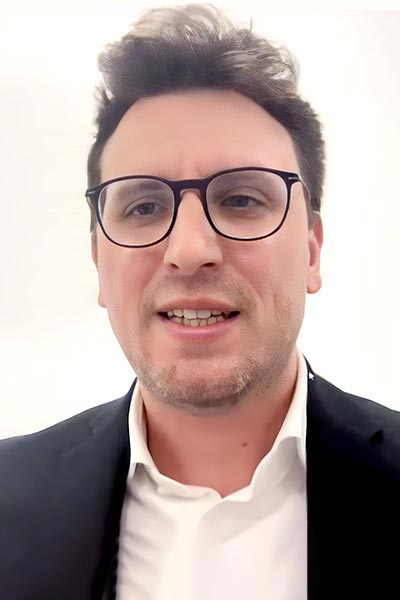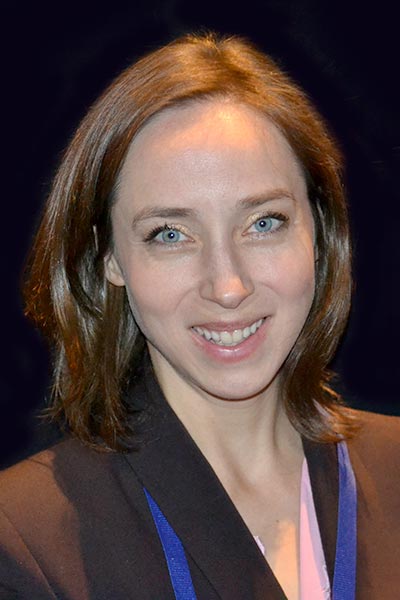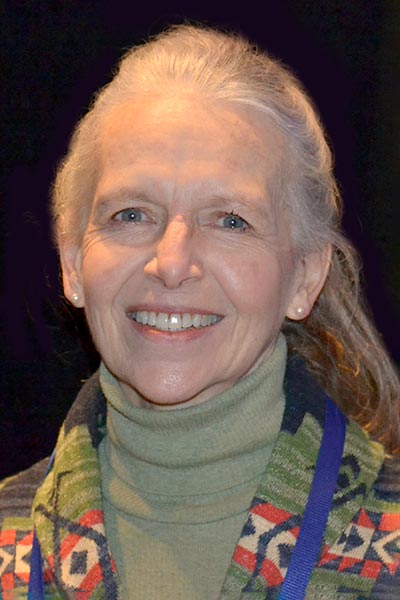Sjögren’s syndrome is an immune disease characterized by lymphocytic and plasmacytic infiltrates in the salivary, parotid, and lacrimal glands, which often leads to sicca syndrome. A provider’s ability to treat Sjögren’s and related conditions like sicca can significantly affect a patient’s overall health.

At ACR Convergence 2022, Unmet Needs in Sjögrens: Recognition, Prevention, and Management reviewed a variety of best practices to identify, prevent, and manage this disease. The Monday, November 14, session is available for on-demand viewing for registered ACR Convergence participants through October 31, 2023, on the virtual meeting website.
The glandular involvement in primary Sjögren’s syndrome (pSS) is usually assessed with biopsy and imaging. Labial salivary gland and parotid biopsies have similar accuracy and safety for pSS diagnosis, said Alen Zabotti, MD, Rheumatology Institute, Azienda Sanitaria Universitaria Friuli Centrale, Udine, Italy. However, parotid biopsy offers advantages in pSS management, such as the ability to directly compare imaging and histology at diagnosis and follow-ups, the ability to take multiple biopsies of the same gland, and the early detection of pSS-associated lymphomas localized in the parotid gland.
“Non-Hodgkin’s lymphoma is the most severe complication in Sjögren’s syndrome patients,” Dr. Zabotti pointed out. It affects 5 to 10 percent of pSS patients.

Dr. Zabotti reviewed the sonographic and PET-CT appearance of lymphoma in patients with pSS. Among pSS patients diagnosed with lymphoma, approximately 60 percent occur in the major salivary glands. Open biopsies and ultrasound-guided core-needle biopsies are similar in terms of accuracy and safety for parotid localization.
Sara McCoy, MD, PhD, RhMSUS, Associate Professor of Rheumatology, University of Wisconsin, reviewed several pulmonary and renal case studies of Sjögren’s patients. Pulmonary screenings at baseline with pulmonary function tests and chest X-rays, even in asymptomatic patients, are suggested, she explained. Screenings for renal diseases, such as distal renal tubular acidosis, are also recommended. Metabolic acidosis might have implications for long-term health and should be treated. Glomerulonephritis is also a concern.
“Though less common than tubulointerstitial nephritis, glomerulonephritis occurs in Sjögren’s disease, and identification is important because we will use immunosuppression for therapy,” Dr. McCoy explained.

Leslie Laing, PhD, BSc, BEd, MSc, DDS, FRCD(C), FAP, President, Sjögren’s Society of Canada, and Faculty of Dentistry, University of Toronto, Canada, shared best practices to treat hydrostomia, or dry mouth, a common symptom among Sjögren’s patients. Her therapeutic suggestions included regularly massaging oral glands, using herbal lollipops, and performing oil pulls with virgin coconut oil.
When the bacterial growth in dental caries has advanced past the threshold of home remedy solutions, Dr. Laing advocated for the minimally invasive application of silver diamine fluoride to the infected area. This treatment effectively arrests the bacterial decay that plagues Sjögren’s patients suffering from dry mouth.
“With minimal invasion, no anesthetic, no drilling, and inexpensive treatment, aesthetic results finally are achievable for these patients to give them back their self-esteem and provide them with optimistic oral care,” Dr. Laing concluded.
WATCH ACR CONVERGENCE 2023 SESSIONS ON DEMAND
If you weren’t able to attend a session in person during ACR Convergence 2023, you haven’t missed out. All registered meeting participants receive on-demand access to scientific sessions through October 31, 2024.


